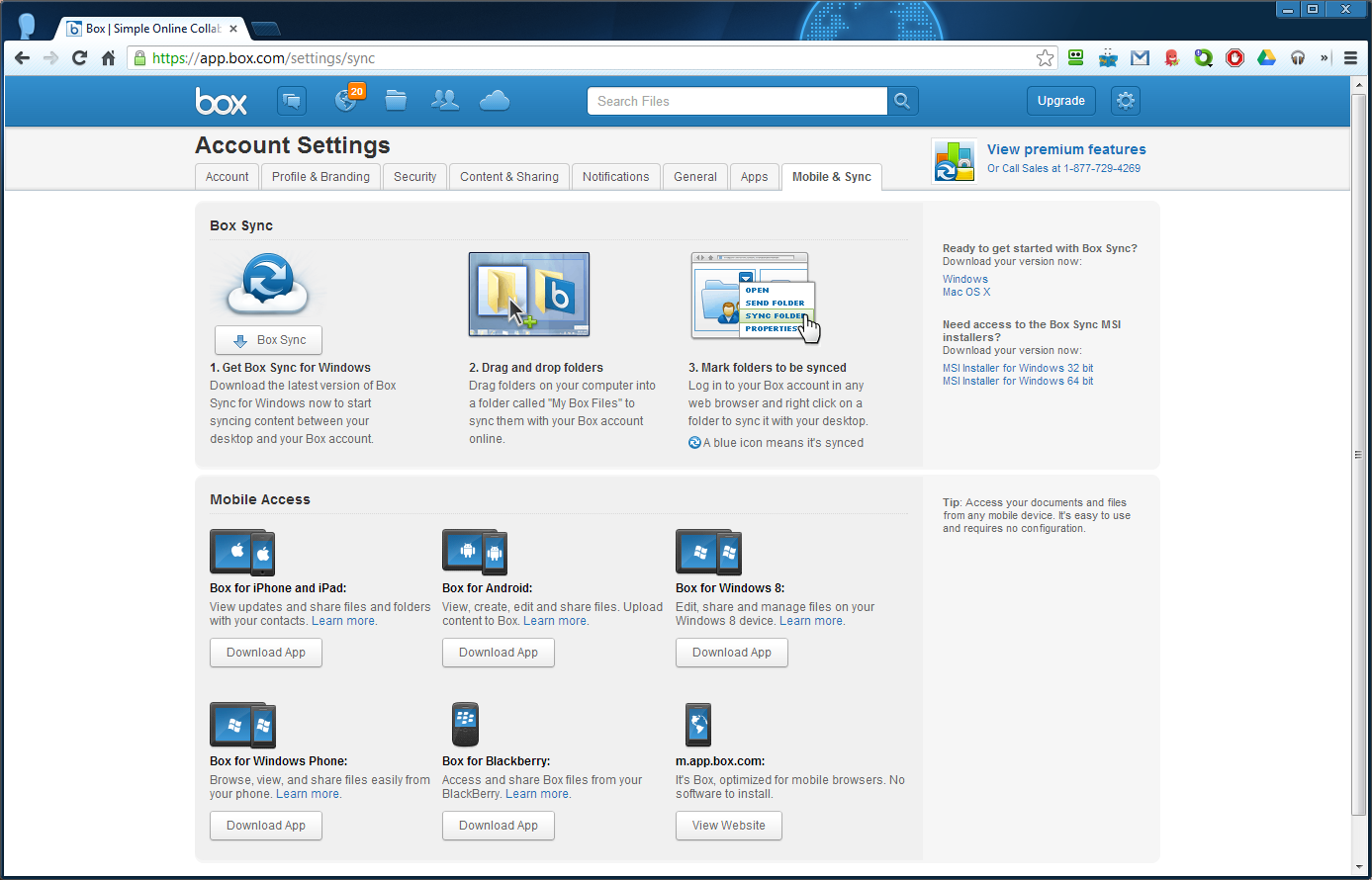I was bored this weekend and decided to try my hand at making a PowerShell script to automate the install of Sysinternals Process Explorer. It’s pretty rough product of about 3 hours of work. I’ll make improvements in the future as I get time. In any case, it’s available below.
#### Downloads Process explorer from download.sysinternals.com,
#### unzips it into Program Files and then cleans up.
####
#### Sources:
#### s1: http://nyquist212.wordpress.com/2013/09/23/powershell-webclient-example/
#### s2: http://sharepoint.smayes.com/2012/07/extracting-zip-files-using-powershell/
#Checks for Administrator privileges and opens an elevated prompt is user has Administrator rights
If (-NOT ([Security.Principal.WindowsPrincipal][Security.Principal.WindowsIdentity]::GetCurrent()).IsInRole([Security.Principal.WindowsBuiltInRole] "Administrator"))
{
$arguments = "& '" + $myinvocation.mycommand.definition + "'"
Start-Process powershell -Verb runAs -ArgumentList $arguments
Break
}
# s1
Function Get-Webclient ($urla, $out) {
$proxy = [System.Net.WebRequest]::GetSystemWebProxy()
$proxy.Credentials = [System.Net.CredentialCache]::DefaultCredentials
$request = New-Object System.Net.WebClient
$request.UseDefaultCredentials = $true ## Proxy credentials only
$request.Proxy.Credentials = $request.Credentials
$request.DownloadFile($urla, $out)
}
# s2
# Expands the entire contents of a zip file to a folder
# MSDN References
# - Shell Object: http://msdn.microsoft.com/en-us/library/windows/desktop/bb774094(v=vs.85).aspx
# - SHFILEOPSTRUCT: http://msdn.microsoft.com/en-us/library/windows/desktop/bb759795(v=vs.85).aspx
function Expand-Zip (
[ValidateNotNullOrEmpty()][string]$ZipFilePath,
[ValidateNotNullOrEmpty()][string]$DestinationFolderPath,
[switch]$HideProgressDialog,
[switch]$OverwriteExistingFiles
) {
# Ensure that the zip file exists, the destination path is a folder, and the destination folder
# exists. The code to expand the zip file will *only* execute if the three conditions above are
# true.
if ((Test-Path $ZipFilePath) -and (Test-Path $DestinationFolderPath) -and ((Get-Item $DestinationFolderPath).PSIsContainer)) {
try {
# Configure the flags for the copy operation based on the switches passed to this
# function. The flags for the CopyHere method are based on the SHFILEOPSTRUCT
# structure's fFlags field. Two of the flags are leveraged by this function.
# 0x04 --- Do not display a progress dialog box.
# 0x10 --- Click "Yes to All" in any dialog box displayed. Functionally overwrites any
# existing files.
$copyFlags = 0x00
if ($HideProgressDialog) {
$copyFlags += 0x04
}
if ($OverwriteExistingFiles) {
$copyFlags += 0x10
}
# Create the Shell COM object
$shell = New-Object -ComObject Shell.Application
# Get references to the zip file and the destination folder as Shell Folder COM objects
$zipFile = $shell.NameSpace($ZipFilePath)
$destinationFolder = $shell.NameSpace($DestinationFolderPath)
# Execute a file copy from the zip file to the destination folder; which effectively
# extracts the zip file's contents to the destination folder
$destinationFolder.CopyHere($zipFile.Items(), $copyFlags)
} finally {
# Release the COM objects
if ($zipFile -ne $null) {
[void][System.Runtime.InteropServices.Marshal]::ReleaseComObject($zipFile)
}
if ($destinationFolder -ne $null) {
[void][System.Runtime.InteropServices.Marshal]::ReleaseComObject($destinationFolder)
}
if ($shell -ne $null) {
[void][System.Runtime.InteropServices.Marshal]::ReleaseComObject($shell)
}
}
}
}
function mkdirs {
mkdir $sDir\temp\ -force > $null
mkdir $sDir\ProcessExplorer\ -force > $null
mkdir "$start\Process Explorer" -force > $null
}
function shortcuts ($target, $link) {
# Create a Shortcut with Windows PowerShell
$TargetFile = $target
$ShortcutFile = $link
$WScriptShell = New-Object -ComObject WScript.Shell
$Shortcut = $WScriptShell.CreateShortcut($ShortcutFile)
$Shortcut.TargetPath = $TargetFile
$Shortcut.Save()
}
# Variables
$sDir = $env:programfiles
#$uDir = $env:allusersprofile
$start = [Environment]::GetFolderPath('CommonStartMenu') + "\Programs"
$url = "http://download.sysinternals.com/files/ProcessExplorer.zip"
$file = $sDir + "\temp\ProcessExplorer.zip"
# Makes directories:
# ProcessExplorer directory in Program Files according to Environment variable\
# temp directory in Program Files for download
mkdirs
Get-Webclient $url $file
Start-Sleep -s 2
# Closes Process Explorer if running
Get-Process procexp* | stop-process –force
Expand-Zip $file "$sDir\ProcessExplorer\" -HideProgressDialog -OverwriteExistingFiles
Remove-Item "$sDir\temp\" -recurse
# Creates Start Menu shorcuts
shortcuts "$sDir\ProcessExplorer\Eula.txt" "$start\Process Explorer\EULA.lnk"
shortcuts "$sDir\ProcessExplorer\procexp.chm" "$start\Process Explorer\Process Explorer Help.lnk"
shortcuts "$sDir\ProcessExplorer\procexp.exe" "$start\Process Explorer\Process Explorer.lnk"
# Accepts EULA and starts minimized
start-process $sDir\ProcessExplorer\procexp.exe -ArgumentList "/AcceptEula /t"
Download ProcessExplorerInstaller.ps1 from Github
GitHub | PowerShell-Scripts / ProcessExplorerInstaller.ps1

